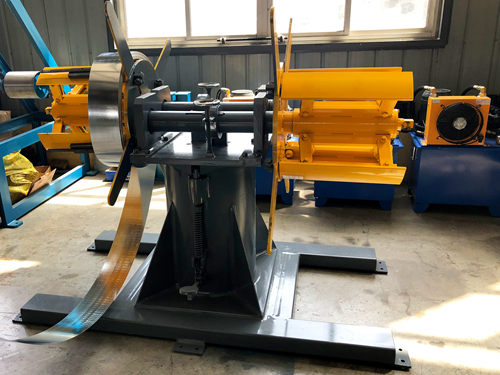
The Production of Sandwich Panels An Overview
Sandwich panels are widely recognized in the construction industry for their lightweight properties, excellent insulation, and ease of assembly. Their unique structure consists of two outer layers (or skins) and an insulating core, typically made from materials such as polystyrene, polyurethane, or mineral wool. This article delves into the production process of sandwich panels, highlighting their manufacturing techniques, applications, and benefits.
Manufacturing Techniques
The fabrication of sandwich panels involves several critical steps, starting from raw material selection. The choice of materials greatly influences the panel's thermal performance, strength, and application suitability. The outer layers are generally made from steel, aluminum, or fiberglass, while the core material can vary based on insulation requirements and fire resistance.
1. Material Preparation The process begins with the preparation of the skins and core materials. For example, sheets of metal or fiberglass are cut into precise dimensions, while insulating core material is processed to form sheets of required thickness.
2. Core Application The core is then bonded to the skins. This can be accomplished through different methods, including adhesives, mechanical fasteners, or foaming processes. In the foaming method, the core material is injected with a polyurethane foam that expands and cures, creating a strong and consistent bond.
3. Pressing and Curing Once the skin and core are combined, the panel is placed in a press to ensure uniform pressure across its surface. This helps eliminate any air pockets and guarantees a solid bond. The curing process, particularly for panels utilizing foam, allows the adhesive to fully set, enhancing the strength of the panel.

4. Trimming and Quality Control After curing, the panels are removed from the press and trimmed to exact specifications. Quality control is crucial here, involving inspections for dimensional accuracy, surface quality, and adhesion strength. Panels that do not meet the required standards are recycled or reprocessed.
Applications of Sandwich Panels
Sandwich panels are versatile and find applications across various sectors, including commercial buildings, residential homes, cold storage facilities, and cleanrooms. Their lightweight nature facilitates easier handling and installation, making them ideal for modular and prefabricated construction. Additionally, their excellent thermal insulation properties help in energy conservation, making buildings more cost-effective to heat or cool.
Benefits
The popularity of sandwich panels can be attributed to several advantages
- Energy Efficiency The insulating core helps to reduce energy consumption, leading to lower utility bills for building owners. - Durability Sandwich panels exhibit high resistance to weather conditions, corrosion, and physical impact, ensuring longevity. - Cost-Effectiveness The speed of installation and reduced labor costs contribute to shorter project timelines and overall savings. - Design Flexibility Available in a variety of colors and finishes, sandwich panels can easily adapt to aesthetic requirements.
In conclusion, the production of sandwich panels involves a meticulous process that combines material science with engineering proficiency. Their structural capabilities, combined with aesthetic versatility, position them as a fundamental component in modern construction. As industries continue to shift towards sustainable practices, the demand for efficient and reliable building materials like sandwich panels will only grow.